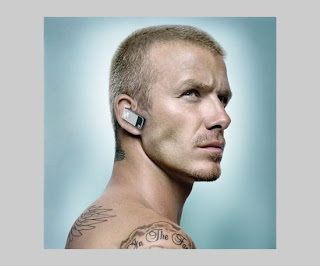When people are exposed to a message, they do one of two things: they make a snap decision because they barely think about the message, or they make a decision after thinking about the message a lot.

The Coalition for Cellphone-Free Driving is based in Alberta, Canada. The coalition was formed in 2005 by a group of graduate students at the University of Alberta. The coalition, a group of organizations and companies, is commited to reducing cellphone use while driving. The group is led by Dr. Louis Hugo Francescutti. The coalition has created a website that addresses the problem, using a cellphone while driving. They effectively pair their resesearch, studies and firshand accounts with video to illustrate the hazards of using the cellphone while driving. They do a good job of using persuasion messages: fear; preripheral route processing; central route processing to help the driver reach the conclusion: CELLPHONES AND DRIVING ARE A DEADLY MIX. http://cellphonefreedriving.ca/default.aspx (Please click on website Resources: Fatal Distraction to view videos.)






